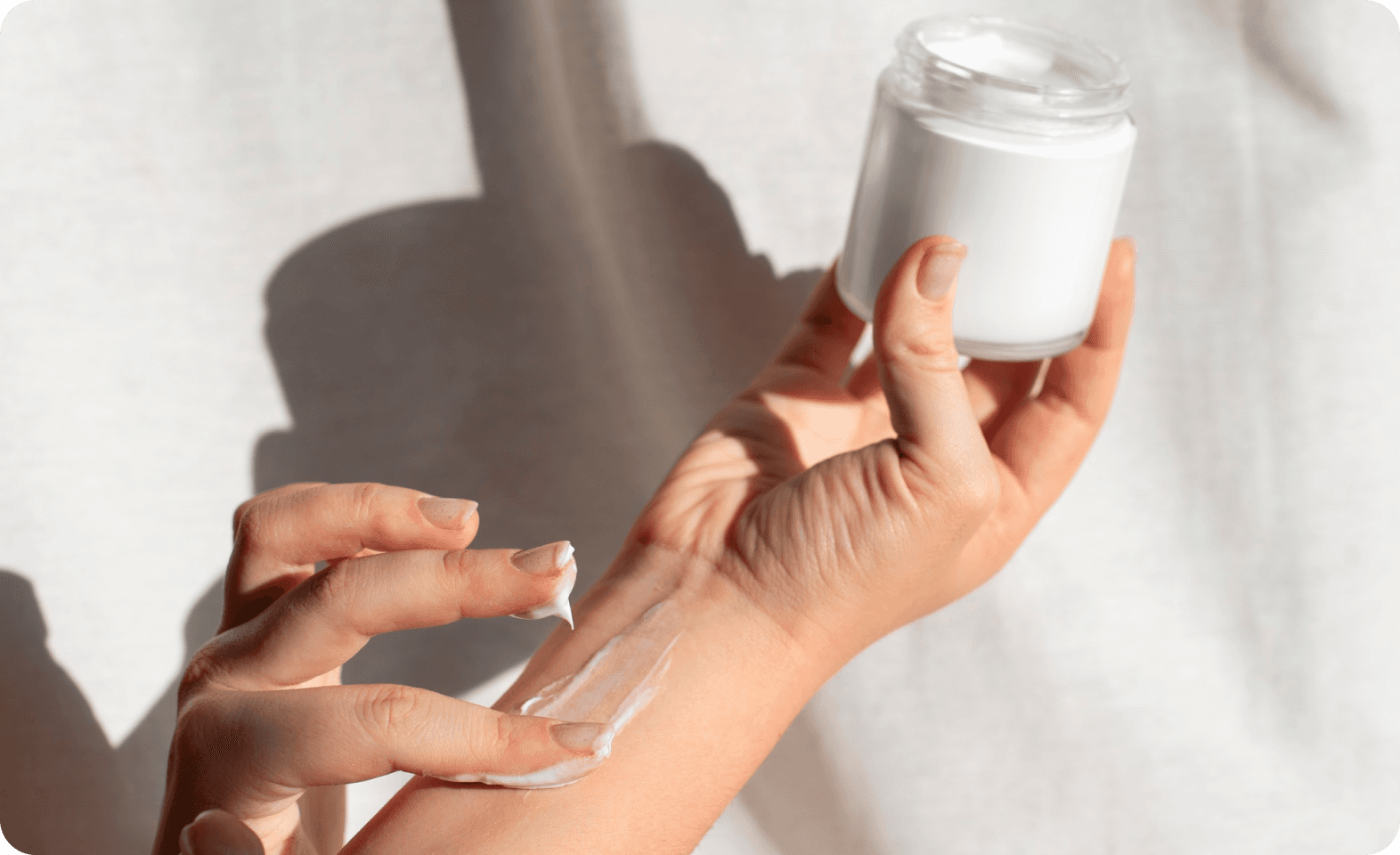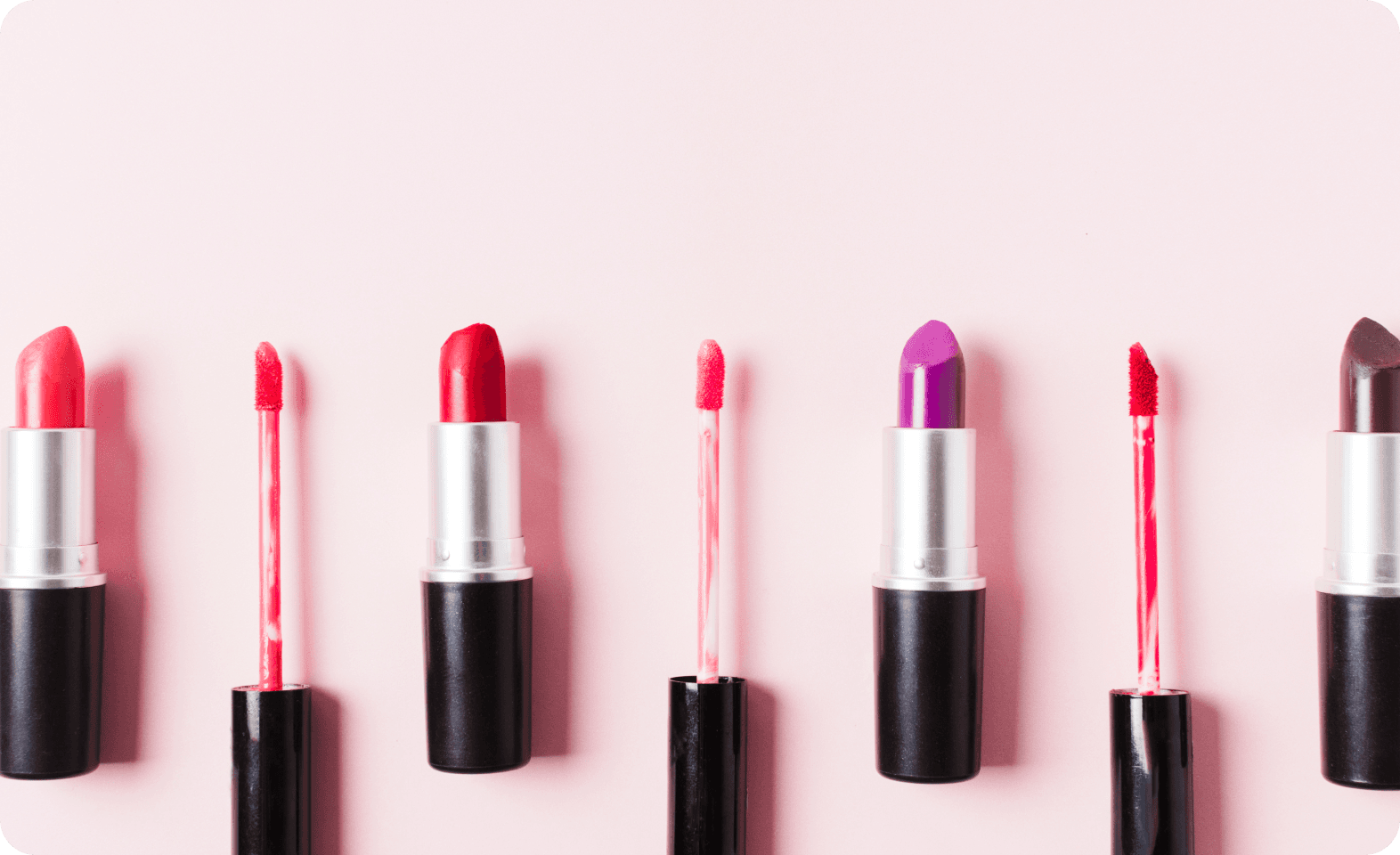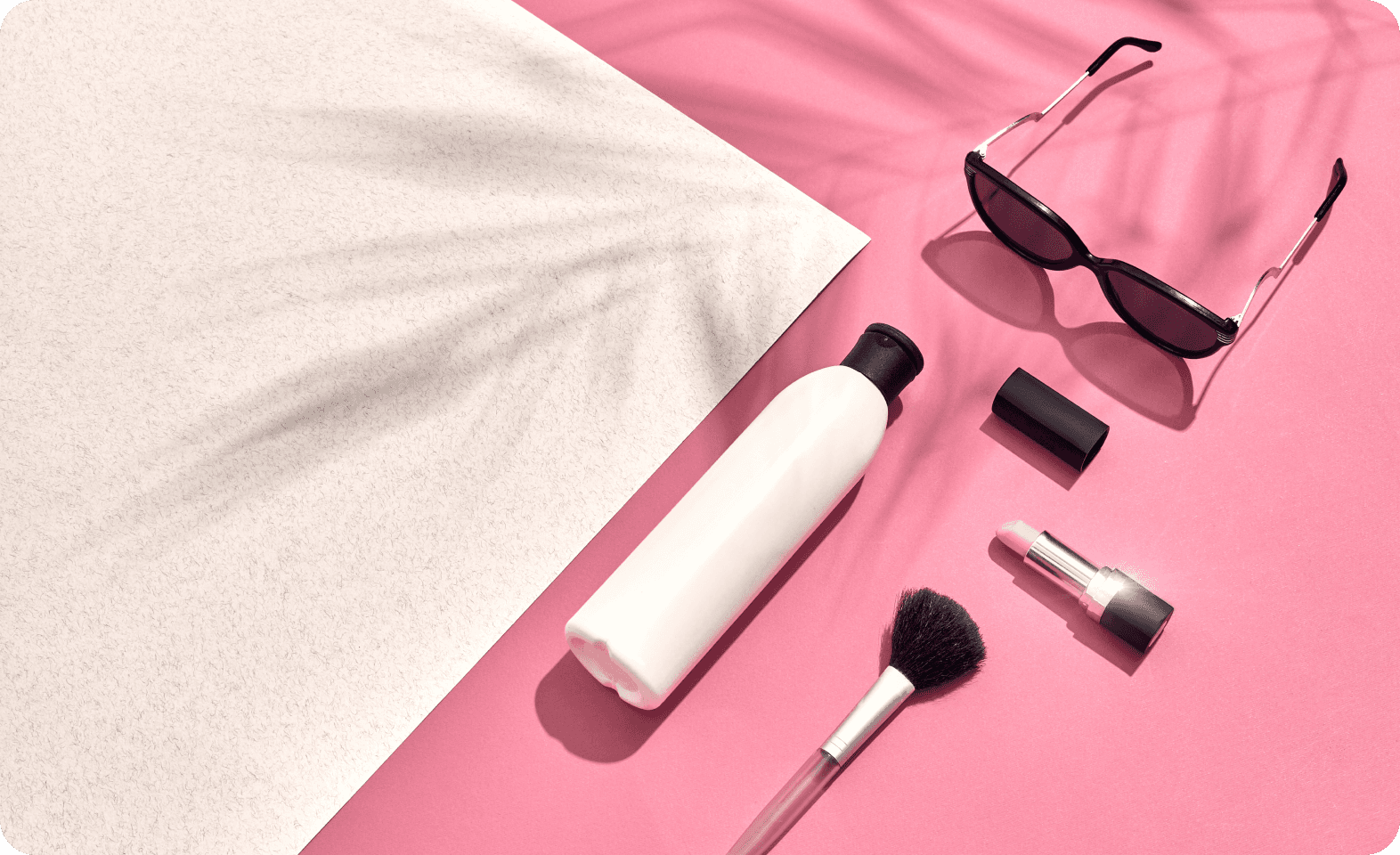
How to Find the Perfect Cream for Your Skin
Finding the perfect cream for your skin can feel like an overwhelming task, with countless options available and numerous factors to consider. Your skin deserves the best care, and choosing the right cream is a crucial step toward maintaining healthy, radiant skin. This guide will take you through everything you need to know to find the perfect cream tailored to your unique skin type and concerns.
Author: Fiona Davis
Posted: 3rd Jan 2025
Understanding Your Skin Type
Before diving into the world of skincare products, it’s essential to understand your skin type. Knowing your skin type will help you identify the ingredients and formulations that work best for you.
1. Oily Skin:
- Characteristics: Shiny complexion, enlarged pores, prone to acne and blackheads.
- What to Look For: Lightweight, oil-free, non-comedogenic creams with mattifying properties. Ingredients like salicylic acid, niacinamide, and tea tree oil are beneficial.
2. Dry Skin:
- Characteristics: Tightness, flakiness, dull appearance, prone to irritation.
- What to Look For: Rich, hydrating creams with ingredients like hyaluronic acid, glycerin, ceramides, and shea butter.
3. Combination Skin:
- Characteristics: Oily T-zone (forehead, nose, chin) with dry or normal cheeks.
- What to Look For: Balancing creams that hydrate dry areas without making oily zones greasy. Ingredients like niacinamide and hyaluronic acid are excellent.
4. Sensitive Skin:
- Characteristics: Redness, irritation, stinging, prone to allergies.
- What to Look For: Fragrance-free, hypoallergenic creams with soothing ingredients like aloe vera, chamomile, and colloidal oatmeal.
5. Normal Skin:
- Characteristics: Balanced, neither too oily nor too dry, minimal imperfections.
- What to Look For: Lightweight, hydrating creams with antioxidants to maintain healthy skin.
Identifying Your Skin Concerns
Beyond your skin type, consider specific concerns you want to address. Different creams target different issues, so understanding your priorities will help narrow down your options.
1. Acne:
- Best Ingredients: Benzoyl peroxide, salicylic acid, tea tree oil.
- Cream Recommendations: Look for spot treatments or creams designed for acne-prone skin.
2. Aging:
- Best Ingredients: Retinol, peptides, hyaluronic acid, vitamin C.
- Cream Recommendations: Opt for anti-aging creams with firming and hydrating properties.
3. Hyperpigmentation:
- Best Ingredients: Vitamin C, niacinamide, kojic acid, alpha arbutin.
- Cream Recommendations: Brightening creams that target dark spots and even out skin tone.
4. Dehydration:
- Best Ingredients: Hyaluronic acid, glycerin, aloe vera.
- Cream Recommendations: Hydrating creams or gels that lock in moisture.
5. Redness and Irritation:
- Best Ingredients: Chamomile, aloe vera, centella asiatica.
- Cream Recommendations: Calming creams with anti-inflammatory properties.
Reading Labels and Ingredients
Understanding the ingredients in your cream is vital for making an informed choice. Here are some tips to decode skincare labels:
1. Active Ingredients:
These are the powerhouse components that target specific skin concerns. Ensure the cream includes active ingredients suited to your needs.
2. Avoid Harmful Additives:
Steer clear of products with alcohol, synthetic fragrances, and parabens, especially if you have sensitive skin.
3. Look for Non-Comedogenic Products:
Non-comedogenic creams won’t clog your pores, making them ideal for oily and acne-prone skin.
4. Check Concentrations:
High concentrations of active ingredients aren’t always better. Some, like retinol, need to be introduced gradually to avoid irritation.
Testing the Cream
Before committing to a product, it’s wise to test it on your skin. Here’s how:
1. Patch Test:
- Apply a small amount of cream to your inner wrist or behind your ear.
- Wait 24-48 hours to check for any allergic reaction.
2. Sample Size:
Purchase travel-sized or sample versions of creams to try them before buying a full-sized product.
3. Observe Results:
Note how your skin feels after application. Does it feel hydrated or greasy? Any signs of irritation?
Adapting to Seasons
Your skin’s needs change with the seasons, so your cream should too.
1. Summer:
- Switch to lightweight, gel-based creams that don’t feel heavy on your skin.
- Look for creams with SPF to protect against UV rays.
2. Winter:
- Opt for richer, more hydrating creams to combat dryness and protect your skin from harsh weather.
- Ingredients like ceramides and shea butter are ideal.
3. Transitional Seasons:
- Focus on balancing your skin with creams that adapt to fluctuating temperatures.
Considering Your Budget
Finding the perfect cream doesn’t mean breaking the bank. Great products are available at every price point. Here’s how to make the most of your budget:
1. Drugstore Finds:
Affordable creams from brands like CeraVe, Neutrogena, and Eucerin often have dermatologist-approved formulations.
2. Splurging on Premium Brands:
High-end brands like La Mer, Drunk Elephant, and Tatcha offer luxurious textures and advanced formulations.
3. Evaluate Value:
Consider the price per ounce and the cream’s effectiveness. A pricier cream might last longer and deliver better results.
Consulting a Dermatologist
If you’re unsure about your skin type or concerns, consult a dermatologist. They can:
- Diagnose underlying issues.
- Recommend specific creams and ingredients.
- Provide tailored advice based on your skin’s needs.
Myths About Skin Creams
Let’s debunk some common misconceptions:
1. Expensive Equals Better:
Not all pricey creams are superior. Focus on ingredients and reviews rather than cost alone.
2. Natural Is Always Safe:
While natural ingredients are often beneficial, they can still cause allergies or irritation.
3. One Cream for All Seasons:
Your skin’s needs change, so it’s essential to adjust your skincare routine accordingly.
Maintaining a Skincare Routine
A cream is just one part of your skincare routine. For the best results, incorporate these steps:
1. Cleanser:
Start with a gentle cleanser to remove dirt and oil.
2. Toner:
Balance your skin’s pH and prepare it for better absorption.
3. Serum:
Use targeted serums for specific concerns before applying your cream.
4. Sunscreen:
In the morning, finish with a broad-spectrum sunscreen.
Conclusion
Finding the perfect cream for your skin is a journey that requires understanding your skin type, identifying your concerns, and being mindful of ingredients. With patience and careful selection, you can discover a cream that nourishes, protects, and enhances your skin’s natural glow. Remember, consistency and a holistic approach to skincare are key to achieving and maintaining radiant skin.
Share this post

